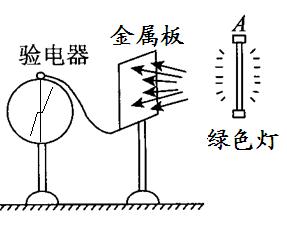Lawrence Kohlberg
Born in 1927, Lawrence Kohlberg spent three years as a junior engineer in the merchant marine before entering college. After those years at sea, he was ready to buckle down and push through the rigorous program at Chicago in record time. He completed the four-year B.A. Degree in 1949 after only two years’ work. He clearly demonstrated a great capacity for academic scholarship, and it was natural for him to enroll as a Ph.D. candidate at the same university. He completed his doctorate in 1958; after two years for his undergraduate studies, it took him nine years for the Ph.D. He remarked wryly that it only proved you couldn’t accurately predict human behavior in all cases.
One of the major reasons for delay was his eventual topic, moral development in children and adolescents. A major portion of his doctoral work was in traditional area of clinical psychology and child development, including a traineeship at the famous Children’s Hospital in Boston. A substantial part of his difficulty was that all the time he was learning the traditional theories, including psychoanalytic views, he found in himself a growing skepticism. He began to evolve an alternative set of ideas to explain how children develop moral reasoning. What started as a traditional thesis on the relationship between the superego (the Freudian term for conscience) and moral behavior was transformed into a remarkably original framework for moral development in stages. It is rare for a young Ph.D. candidate to produce truly new insights into human behavior theory. It was uniquely creative for his thesis to force almost a complete revision of moral development theory as well.
With the completion of the thesis, finally, after nine years of work, he accepted an assistant professorship at the University of Chicago in 1962. Just six years later he was offered and accepted a full professorship at Harvard University and joined that faculty to form an innovative graduate program in human development. He was also awarded a special five-year Research Career Award by the National Institute of Mental Health to promote his longitudinal study on stages of moral development in adults as well as in children and adolescents. His major significance derives from the possible applications of the theory to promote psychologically healthy human beings. He is presently developing a series of intervention and teaching procedures that show promise of deliberately improving our level of moral judgment and moral maturity. If we are concerned about improving the quality of interpersonal human relationships, his work at present represents the most helpful insights and processes to help us attain that objective.
The shift of his research focus was ______.
A. between the superego and stages of children’s moral development.
B. from the traditional way to a more modern one.
C. between clinical studies of children’s behavior and research on superego.
D. from clinical psychology and child development to the stages of moral development.





